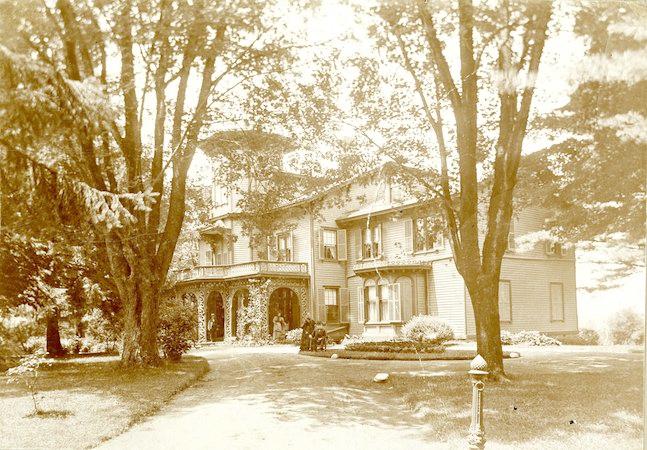MORRISTOWN, N.J.—Trees are important because of their ecological role in providing oxygen, improving air quality, preserving soil, and supporting wildlife, among many other benefits. But in the wealthy historic town of Morristown, N.J., trees are valuable for their ability to tell a story and preserve the history of a once treasured time, the Gilded Age.
Renowned for its enormous industrial, urban, and agricultural growth, the pre-20th century Gilded Age brought more wealth to some immigrant families than they could ever have imagined. One of the ways these new ultra-rich “Americans” displayed their riches was through extravagant mansions and landscapes.
Although over 100 years has passed, the rich history of elegant landscapes is not forgotten, thanks to the work of two women who are taking it as their responsibility to preserve a landscape as it was. Through their work for the Morris County Historical Society they are stewards of Acorn Hall and its six acres.





